Happy New Year! Welcome to 2026!
Thank you for being here, learning and sharing, and playing all the tunes!
What are you hoping to accomplish in 2026? Can’t wait to hear – let me know in a comment!
Happy New Year! Welcome to 2026!
Thank you for being here, learning and sharing, and playing all the tunes!
What are you hoping to accomplish in 2026? Can’t wait to hear – let me know in a comment!
It’s that time of the year – time to celebrate the Solstice, Christmas, Hanukkah, and to bring the year to an end. I wish you a wonderful holiday full of joy and music! Play me a tune and I’ll play one for you!
If you’re so moved, leave me a comment – you know I love to hear from you!
Happy Christmas!
I know it’s nearly Christmas, so you’ve probably already learned all the holiday music you are going to for this year. So, the next likely question is, what next?
How do you select the music you should work on next? You can, of course, simply ask your teacher to point you in the right direction. This is a great idea if you are a beginner or low intermediate – you’re at the stage in your harp life that you may not be ready to go without some guidance.
But if you’re a super independent beginner, or a more advanced student, you want to be selecting your own next tunes. How do you do that? Well, here are seven suggestions to point you in the right direction:
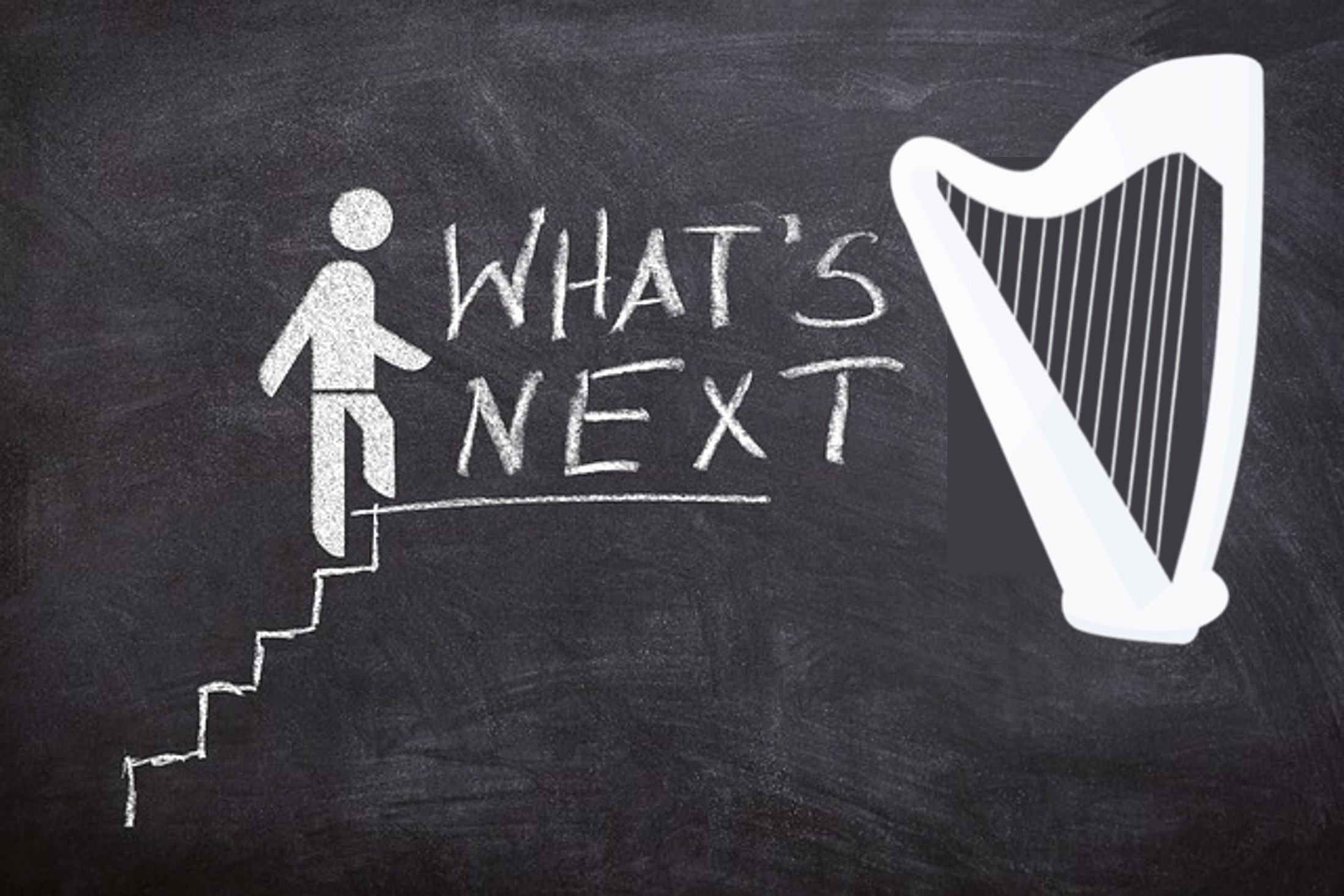
Go with your Heart – If you L-U-R-V some tune – learn it! This is also true for arrangements by someone you simply adore playing. Don’t worry about whether you’re ready. Tunes can be simplified, arrangements can be flattened, you can learn new techniques, and/or you can invest more time into learning. I never tell a student they can’t play a tune – they may not be ready to play it, but we can work our way there!
Go with your Head – maybe you know that you are weak at something – rolled chords? Harmonics? Whatever your weakness – find a tune (or arrangement) that requires that thing and work on it until you are good at the weakness. Two birds, one stone – you correct a weakness and learn a new tune to boot!
Go with your Gut – if you feel like you are missing something, you probably are. Seek out tune types you might be light on. Do you have all the different tune types you need to make a well-rounded set? Do you have fast tunes and slow tunes? Major and minor (and other modes)? Can you build good sets from the tunes you already know? If not, your gut is pointing out to you that you need to fill some gaps.
Go with your Reach – like going with your heart – what tunes do you not necessarily lurv but every time you hear them, you think, “I should learn that”? Learn those. These can be a little slippery because these are the tunes that you like enough to want to play but not enough to lurv. So, keep a list and learn these along the way.
Go with your Smarts – If you have loads of tunes but they aren’t in the right keys to make good sets, work on learning the tunes in different keys. This could be dedicated time to learn tunes in new settings OR it can be deep work on transposition on the fly. Both of these will be good for your brain, good for your tune list, and good for your playing!
Go with your favs – Not everything you play has to be work. Make sure you have some playful tunes in there too! If you love Taylor Swift, you can play that. If you love Mozart – have at it. Just because you may have made yourself a niche doesn’t mean you can’t get out of it every once in a while. Holiday tunes are sort of like that, n’est pas?
Go with your hunch. Be honest, are you working toward your Julliard audition? No? Then pick music that is a little bit challenging to learn but is engaging enough to keep you playing. If you don’t like it (no matter what it is or who assigns it to you), you’re not going to play, so don’t pretend. Move on to something you will play.
For adult (and more experienced younger) players, you can step up for these choices. A good teacher will, of course, make suggestions to move you forward. But in the end, you’re the one who has to decide. Don’t push the peas around the plate – take a little time to determine what you should play next.
Let me know what you pick – can’t wait to hear! Share with me know in the comments!
Last week we talked about taking care of your skin. This week, we have a way to help keep them happy.
I have dry skin. Sahara like. 00 grit. And I live in a place that is having an early and very dry winter.
Sigh
While many people are good about staying ahead of these sorts of things, I am not. That means that I’m never able to just slather on moisturizing lotion. I need to exfoliate and enrich first – then my skin is more ready for the moisturizer.
Fortunately, I also suffer from a non-fatal condition called I-could-make-this-at-home-itis and severe parsimoniousness. You might have noticed that stuff to care for your skin is expensive (or inexpensive but not worth using) …and you run through it like water! What are we to do?
We’ll make it ourselves! We can feel virtuous, get something that works, and smells good! The good news is that it isn’t baking, so precision is unimportant – a little bit of this, a pinch of that, a dab of the other is the best way to go. We can use a variety of grit-y elements and some sooth-y elements and a splish of smell-y elements and bam – you have your own, bespoke hand scrub!
Use the table below to mix and match. Pick the elements you like (or already have on hand) and mix away.
| Grit | Emollient | Fragrance |
|---|---|---|
| Sugar | Vitamin E Oil | Lavender extract |
| Brown Sugar | Olive Oil or Almond | Lemon extract |
| Table Salt | Coconut Oil | Mint extract |
| Ground Almonds | Honey | Rose water |
Select one from column A, one from Column B and one from Column C.
Here’s the “Recipe”:
1/2 cup Sugar or Salt
1/8 cup Oil or Honey
5 – 10 drops Extract
Mix thoroughly in a small bowl. Modify as needed (to get the consistency you prefer). Transfer to closed container. Store 2 – 3 weeks.
To use the scrub, dampen your hands with warm water. Scoop the scrub out of the container and apply to your hands. Work it in. Don’t scrub too hard, you don’t want to hurt yourself. Gently for longer is better than vigorously for a shorter time! Use this as a time to give your hands a self massage – you’ll love that if you’ve been practicing a lot! When you’re done reveling in the feeling, rinse with warm (not hot) water. Pat dry. Apply moisturizer or other emollient.
Obviously, don’t use anything you’re allergic to or react to. Sugar is gentler than salt and ground almonds are the most intense. Nothing says you can’t switch between them…or mix them together. If you have never used a scrub, start with sugar (as the gentlest) and decide from there. Don’t use this more than two or three times a week. When you’re done scrubbing, use your favorite cream, gel, or lotion to lock In the moisturize-y goodness.
Don’t make a huge amount, it will only last for a couple of weeks and you only want to use it a couple of times a week so you don’t need a whole lot at any one time.
Important to remember – this is for your hardworking hands NOT your gentle and beautiful face!
Of course, you could take the easy way out and buy a scrub – but where’s the fun in that? While you’re making and using it, remember that it’s not rocket surgery. If you want it scrubbier, use less oil. If you want it softer, use more. Want it less fragrant, back off the smell agent. If you want unscented don’t put any in. It’s yours so make it the way you want!
When you go online (oh, come on, I know you’re going to!) you will also find recipes with dish soap. This is certainly do-able, but I find dish soap drying, so I avoid it. If you want to clean your hands before you scrub, you can certainly wash up first as step one and then slather on the scrub mix.
If you’re one of those people who is bad at setting aside “me time” this is for you because it’s self-coddling but also really quick. So while you can’t really do anything else while you’re scrubbing, it doesn’t take a long time to do – so you get a treat without that “I should be doing something else” guilt!
Give it a try and let me know what you think. Which scrub do you prefer? What’s your favorite scent? Let me know – in the comments!
Now that Thanksgiving has passed, and autumn is only 75% complete, it’s increasingly difficult to hang on to it! Winter is banging on the door with its colder temperatures, brisk winds, rain-ice-snow, and days that seem to end before the begin! Really, it’s winter long before it’s actually started.
No matter where you live, winter brings some challenges for us as harp players. It is important to adhere to our self-care and take it seriously. This is to keep playing comfortably, but also to keep healthy. It’s hard to play when your fingers feel like your skin has been tightened or your fingers have splits – and being rough and flaky is just no fun!

Your skin is the largest organ of your body and it has many functions. And being your primary protective barrier is an important one. Your skin protects you from a lot of bad stuff – including bangs, scrapes, and diseases.
Since it’s delicate, you need to care for your skin. After the recent unpleasantness, we all know that hand washing is essential to avoiding getting sick. Just because the plague is not currently on the land doesn’t mean you should slack on handwashing – 20 seconds (as long as it takes to sing “Happy Birthday” through twice) each time you wash your hands.
While washing your hands often and thoroughly is good for your health, it is hard on your skin. Even moisturizing soaps will, with frequent use, dry out your skin. Use warm, not hot, water and pat your hands dry (rather than trying to scrub the water off like I do!).
Using an effective moisturizer will help. Just like we get thirsty in winter because cold air and heating systems dry the air, our skin is also thirsty. Moisturizers will help keep your skin supple. Whether it’s made of shea butter, cocoa butter, aloe vera, or another moisturizer that you know works for you, regular use is important to keep your skin hydrated and supple. It’s good to have some on hand (get it!) all the time.
This is also the time of year when we all crave cozy. Once a week or so, while you’re relaxing and bundled up, consider giving yourself an at home “minicure” – the works. Soak in warm water (or milk) before slathering on a thick emollient. Then put on cotton gloves and head into bed. The gloves and the warmth will help lock in that moisture and keep you extra warm! You can do the trimming, filing, and polishing another time, but you’ll also have supple hands!
We focus on our hands because they are central to our playing but make sure you’re taking care of all of your skin. You will quickly notice when your skin splits, hang nails form, and your fingers get flaky, but it is still important to care for the skin on the rest of your body too!
Even though the winter weather is just beginning, you can get ahead of keeping your fingers and hands well moisturized and comfortable – which will make playing so much easier (and no wincing while you play!). What do you do to keep your fingers and hands happy? Let me know in the comments below!
It’s time for that wonderful holiday of gratitude – Thanksgiving! I hope you have a lovely day, spent with family and friends of all ilk. Thank you for being here and spending a little bit of your time each week with me. I appreciate your time and attention as well as your great comments and questions! Play some tunes and enjoy the time – and if you want to share your holiday, you know I’d love to hear about it – just use the fields below.
It’s the week before Thanksgiving here in the US. This used to be the indicator that Christmas was coming. Now it’s more like Halloween starts the holidays countdown (but that’s a different diatribe!). I don’t know how you’re coming along in your preparations for playing throughout the holidays, but I find myself wishing I had an extra three weeks!
You might wonder how I know I need an extra three weeks – not two, not four, but three.* It’s because I can see where I am, where I want to be, and where I had planned to be at this point in time. (I originally typed “should be” but went with “planned” because should is such an evil, subversive word!).
How do I “see” this? I have a sticky system. Literally!
My system allows me to track each of the tunes I need to have ready for a holiday program(s) as they develop. It also allows me to see if something is just not going to be ready so I can replan for something that I will be able to play better. After all, the point of holiday gigs is to spread cheer and comfort – not to terrorize yourself trying to wow people with your brilliance! Save that for another time like competition or audition!
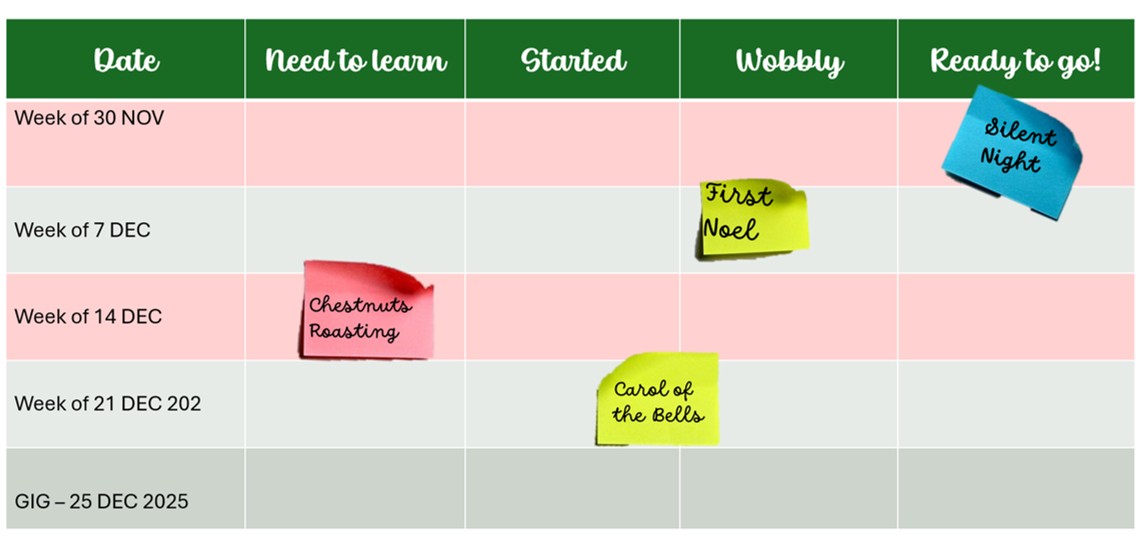
This graphic gives you an idea of what it could look like. And here’s a shot of mine just now.
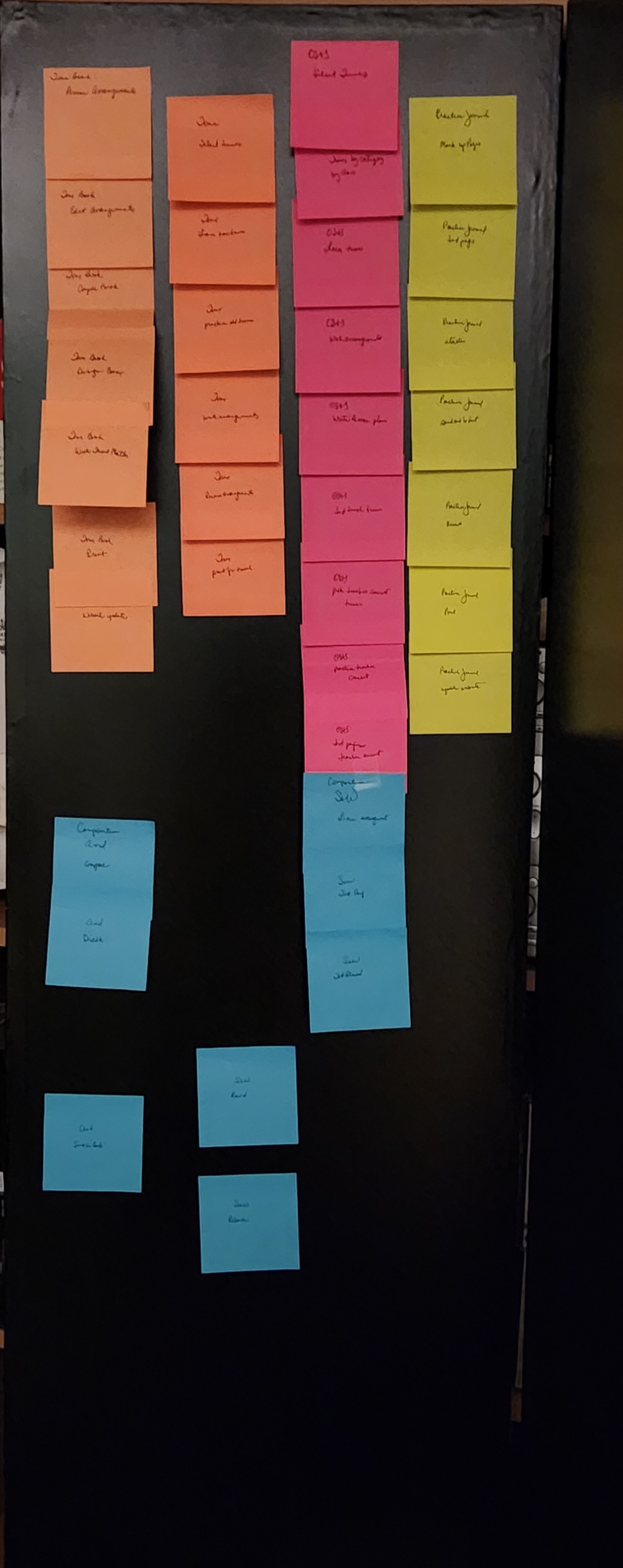
You may have seen similar systems in your travels – this is much like kanban or scrum. Not surprising since I am a systems engineer when I’m not being a musician**, so of course I cross my tools between domains (goose/gander, etc.). The differences are that this is just for you, not a group (although you could use it for ensembles!), it is not as rigorous because we’re not building bridges (except ethereally) and we only need as much rigor as is required and not more, Finally, while on the one hand preparing music is a “project” on the other hand, it’s more than that – we’re making art not planning to pour cement or launch wonky code.
If you’re eager to start, you might want to know – what do you need to use this? Well…
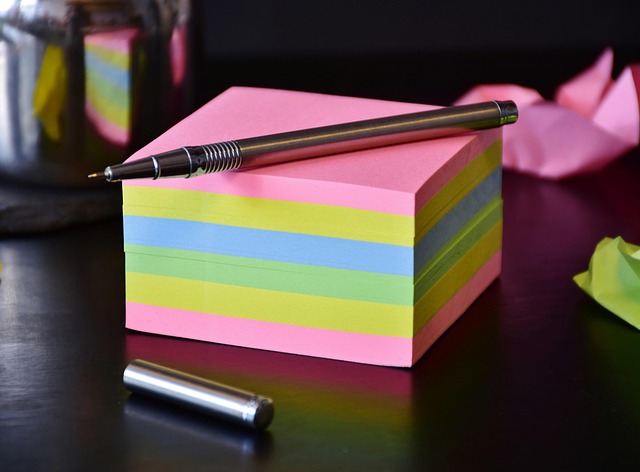
First – you need sticky notes! You need as many colors as you think you need. Lined or unlined? It’s up to you!
Next, you need enough space for you to keep track of your work over time. I like the little stickies because I write small but if you need more room, use the bigger ones (they do come in sizes from 1.5 in x 2 in all the way up to 25 in x 30 in). Use the size that lets you write comfortably and fits in your usable space. I use a variety of spaces – a wall, the side of a bookcase, that photo shows one panel of a room divider and when I need to, I switch to a sheet of paper – depending on my mood and where I happen to be at the time (and if I need to take it with me). I write the name of the tune (and maybe the source if I’m reading) but you can put whatever else you decide to put there (maybe the key you’re playing in, etc.).
Now, you need a scale for time. Use whatever type of calendar you work best with. If I have a long time (e.g., tunes I might teach next year) I will use a monthly calendar. If it’s something more imminent (like the holidays) I use the week. I used to use a daily, but I found that kept me too focused on checking the box rather than learning the music. Frankly, for daily progress I use a journal so I can capture details that would just get lost on my big sticky board.
Now, you need a metric. I typically use what I have shown in the graphic – whether the tune is coming along, practically done, ready to go. This not only tells me how the tune is developing, it also helps me plan my practice – if I haven’t actually learned something at this point, it gets more attention so it can get “caught up”. You will always have some tune in this category of disrepair – how much you stress over it depends on how important it is (relative to the time you have to prepare). It’s important not to stress over these – if you’re not learning you’re not living!
You need maintenance. This tool will only help you if you set aside a little time to review and update it. In the graphic example, that would be once a week so you can see, identify, and enjoy your successes, replan your practice as needed, and keep your sanity. If you review too often, you’ll get lost in translation. This is a tool but it’s not a cudgel!
And finally, don’t forget to… Breathe.
Give it a try, play around with it. It’s not rocket surgery, but it also didn’t come down a mountain on stone tablets, so feel free to modify it so it can work for you! Then, let me know how it goes when you start. I’d love to hear what changes you made for yourself and how prepared you think you are for the holidays! Let me know in the comments!
* PS – I just learned that the em-dash is the exclusive province of AI…and me! I probably taught the model that. And I assure you, for good or bad, this is all me and NI (natural intelligence)
** Ha! I’m not sure I could be one without the other – being a musician makes me better at thinking systemically and being a systems engineer certainly informs how I think about, work with, and play music. Yet, I persist in pretending like they’re not on the same spectrum.
I am sitting in the middle of a construction zone. No really – ask my students who have been patiently waiting as the work is ongoing. My house had a little uh-oh and this is correcting that.
But the saving grace has been one of those back of the mind, cod liver oil-esque, don’t-want-to-think-about-it things – insurance. Which got me to thinking –
Is your harp insured?!

I am always amazed at the number of people I talk to who do not carry insurance on their beloved instruments! And all I can think of at that point in the conversation is, “WHY???????”
We all know that harps are expensive. And that’s true whether you’re playing a Harpsicle, a Dusty (my fav, but you already knew that), a Lyon and Healy, or any harp really. And don’t be snobby – just because you’re playing Salvi Victoria Gold doesn’t change the fact that for some, a Waring is the only affordable option. No matter who you are, or what your harp is, you should have it insured!
What we do know is that if something were to happen to our harps, we’d be deeply affected. Possibly devastated. And if we needed to replace our harp, we might be hard pressed to scrape together the cash. I know people who have lost harps to unthinkable things like auto accidents, theft, and weather. It is crushing (literally!) and heartbreaking.
So, if we ensure our homes, our cars, and our “valuable personal property” (VPP) – why wouldn’t we insure our harps? Think it’s too expensive? Ha! Think about how much the body shop wanted for that fender bender you were in. Or ask me how much it is costing to repair my home after a minor disaster. The short answer is – lots! Insurance is a small wager we make with a bunch of applied statisticians – one we are both (us and the insurers) hoping will not need to pay off. But if it’s going to pay off when needed, we have to be in the game!
How do you insure your harp? There are two easy paths – Homeowners insurance or Specialty insurance.
Homeowners insurance – you may be able to add your beautiful harp to an existing homeowners (or renters) insurance policy. Pay attention though – some homeowners insurance will not cover your instrument at all, and some have stringent value restrictions that may not support the value of your harp.
You may be able to add a VPP which is a rider that allows you to insure things that have extraordinarily high value within the auspices of your home owners or renter’s policy (valuable like your harp). Again, pay attention to the coverage limits for both value and activity. Don’t think fudging this information will be a good idea. If your VPP states that your instrument cannot leave your house, it will not be covered if you have it with you in an auto accident or if it breaks when you trip carrying it to your neighbor’s house for a party.
Putting your harp on your homeowner’s insurance is best for those of you who are beginning and/or those who only have one harp (or maybe two) and play primarily for your own pleasure.
If you have many harps, are gigging (whether you consider yourself to be a pro or not), travel with your harp a lot, or are teaching, you are likely not going to be able to use homeowner’s insurance. This includes those of you who play regularly at church, a local care home, or something like that (even if you play for free). You will need to get Specialty (“real”) instrument insurance. There are a variety of places to go for this – often affiliated with a professional organization. You already know from health insurance that this means you will be getting a “group rate” so it may be more affordable. And because it’s specialist insurance, they are more familiar with the sorts of things you will encounter when you leave your house with your harp in tow!
Since you’re going to ask, I carry harp insurance through Anderson Musical Instrument insurance. Now, this is not an endorsement, but 1. that is who I use, 2. they are the insurance endorsed by both the American Harp Society and the International Society of Folk Harpers and Craftsmen. Are they the only game in town? No, but when two big harp organizations go with them, I’m in. You do need to be a member of one or the other (but you probably should be anyway – early in my harp life, I got insurance as a member of a ISFHC chapter). If you are a member of American String Teachers Association, they use Huntington T. Block Insurance Agency, Inc. I don’t know anything about them, but there you have it, they are an option. I’m sure they’re a good insurer, but will they take on a harp as well? If you know, share so I can learn something.
No matter what kind of insurance you’re buying, things you should have on hand before you sign up include photos of your harp (get shots of the neck, the pillar, the soundboard, and the whole harp) and a bill of sale or a letter of valuation which let’s the insurance company assess the value and condition of your harp and determine it’s coverage. As I said above, do not guess or josh around with the true value of your harp when you’re talking with them – underplaying the value of your harp might reduce your premiums, but you’ll be crying if you’re underinsured!
If you are insuring harps you rent out, you need much more info (enough that I decided I didn’t want to play that game). Don’t rent out harps without insurance unless you’re wealthy enough to lose all of them and laugh about it.
So now I have ensured you know loads about insurance. I’m sure I’ve forgotten something. Do you have insurance with someone else? Have you had a good (or poor) interaction with them? Anything else that might help others insure well? Let me know in the comments!
Kate said: Oh yes, my harps had excellent coverage! I didn’t read all of your note, but the instruments need to be insured for Replacement value. it’ll be a rider on your homeowners.
Great point Kate – You do need to insure for the replacement value. I mentioned that you’ll need a bill of sale or letter of valuation from a luthier which documents that replacement value.
Robin let me know that the link in the email to send a comment isn’t working. If you’re having that same problem, try clearing the cache. And if that doesn’t work – just follow the instructions in the email to reach out or use the form here
I have been writing to you since 2009 (!) and I hope some of those topics have been interesting and informative. And I hope you know that I genuinely appreciate you taking the time to spend here. It is important to me that we talk about things that are important to you. When you share your thoughts and concerns, I click into teacher mode – but sometimes I also fall into beginner mode and learn something! It’s an honor for me to try to put myself on your bench (metaphorically) in an attempt to help you grow.
A while ago, I asked you what sorts of things you were interested in learning about here. You gave me great replies, and I have used many of them to write posts. There are a couple I haven’t gotten to, either because I don’t feel like I can give you a good answer or because a video would be better (and I hate making videos so I have put them off).
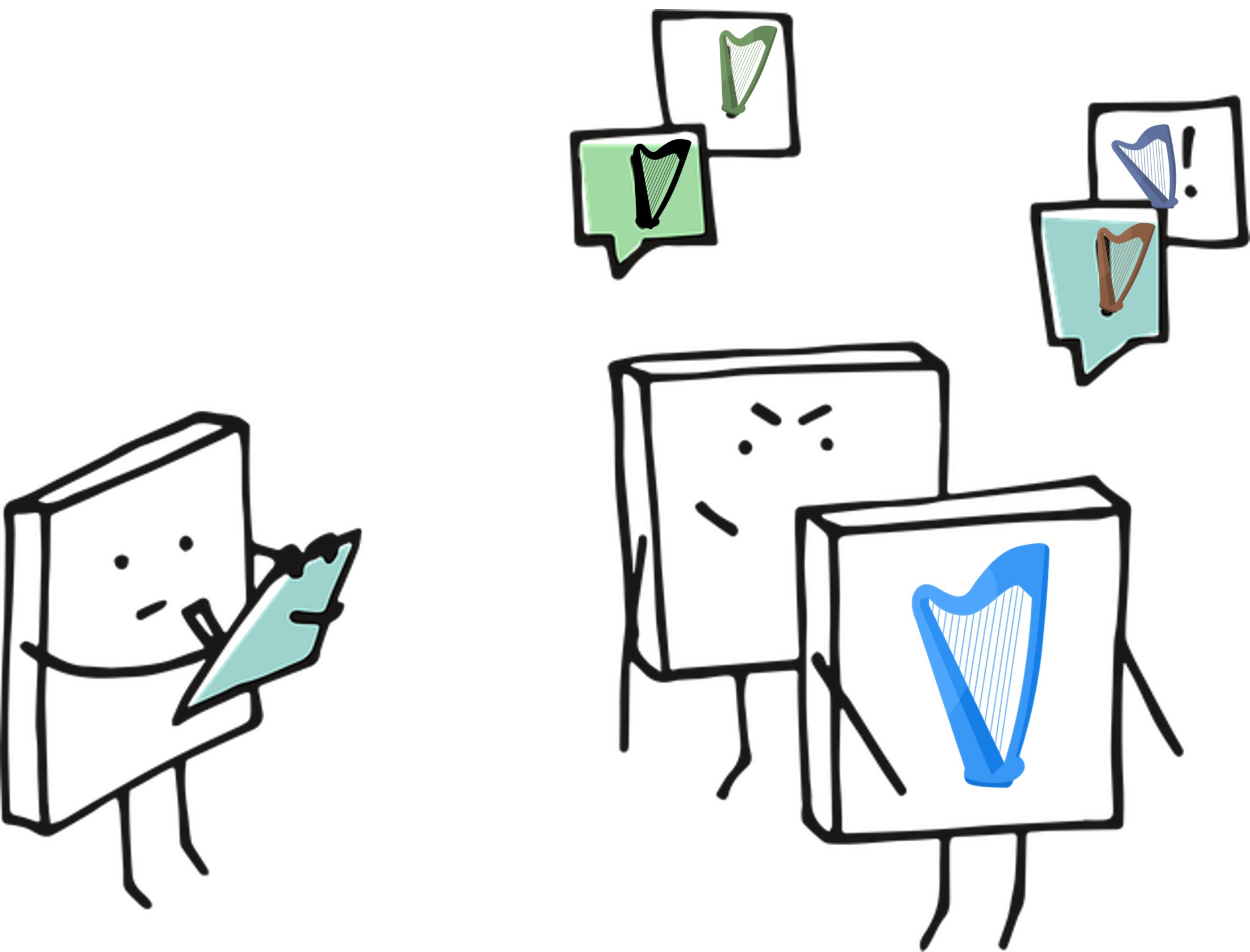
But really, I have covered nearly everything you asked, so, today I’d like to ask you to provide some more feedback. We’re all a little older, a little wiser, and a little farther down the road in our development so your questions may have changed. It’s also possible that when I answered your question (from the survey) you then had other questions, further questions, or would just like a fuller answer.
If you could please complete this short, not-very-scientific-but-good-enough-for-our-purposes survey, I could home in on topics that interest you. I genuinely want to know what you think. I also know there are some of you who read but don’t send comments or questions and I’d really like to be sure I hear from you. There are no questions that are beneath me (and if I pretend there are, it’s because I feel awkward from not having a ready answer!).
I try to not ask you for a lot but in this case – bring it on! Whether you’re hitting peak stride, are feeling a little bit like you’ve possibly made a wrong choice of instrument, are foundering a bit, or just want to see what I’ll come up with next, I sincerely hope you’ll reply! Just fill in the form on the website and I’ll take it from there!
Please tell me what you’d like to know more about. What gives you trouble? What is interesting to you? What do you need to learn? What do you want to learn? Is there anything you don’t want to know? What are you tired of hearing me go on-and-on-and-on about? What do you need to hear more of? Please (pretty please!) let me know your thoughts so we can continue to talk about important stuff!
Just fill in the blanks with your brilliant thoughts and I will be ever so grateful. It’s the best (and easiest) comments section ever! No one will see your responses except me, so please be honest (brutally even). I am looking forward to hearing your thoughts and staying focused on what’s important to you –
I’m back home after two glorious weeks in Ireland and Scotland. We had a wonderful group who made every nook and cranny of each day so much fun! This time I decided to be fully present and not worry about posting here. Even so, I – as usual – didn’t take many photos (I find that bring present means that “take a photo” doesn’t enter my mind!). But I did take a few, so I’ll share some that I love. Now that we’re back, it’s time to plan the next trip so let me know if you’re interested and I’ll share the details as the trip forms! Until then, here are a smattering of snaps from our adventure –

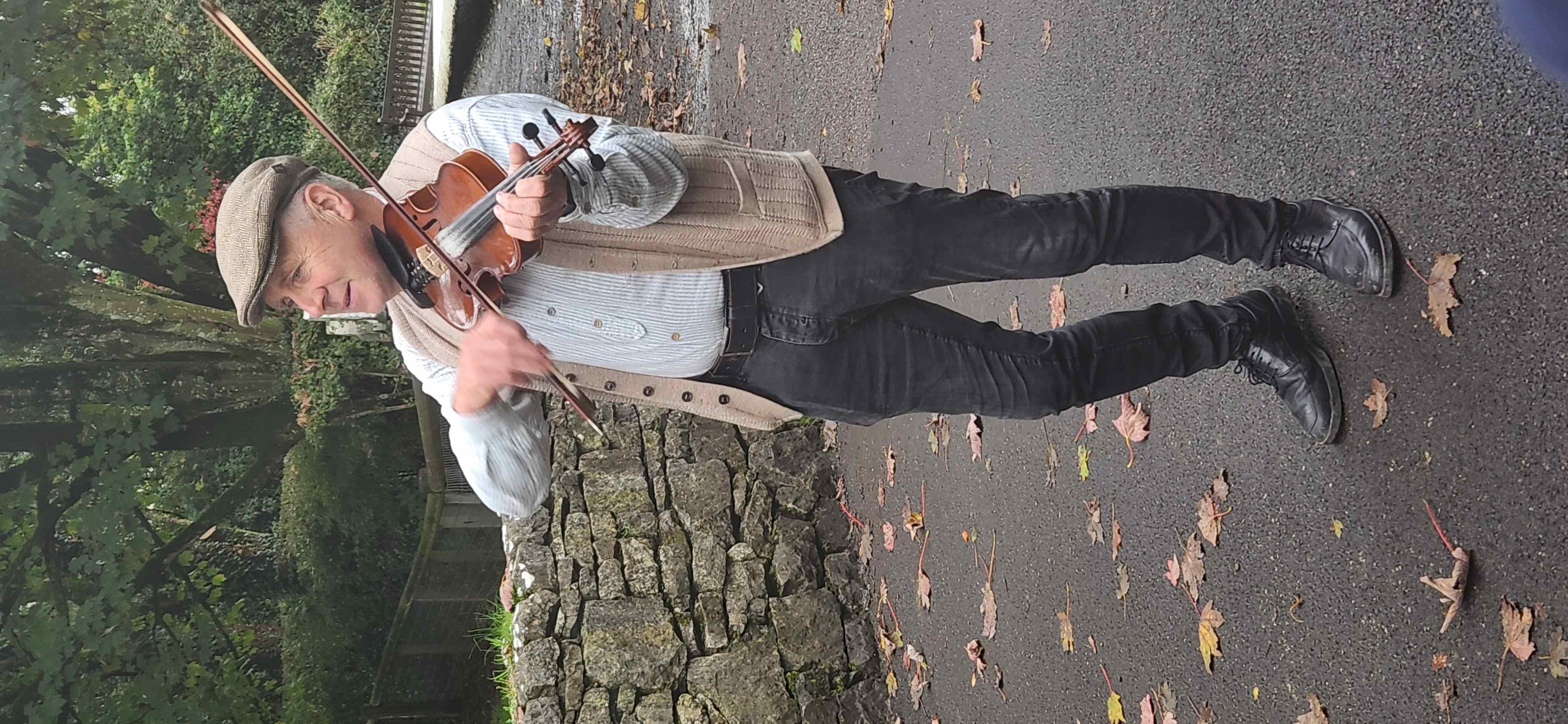
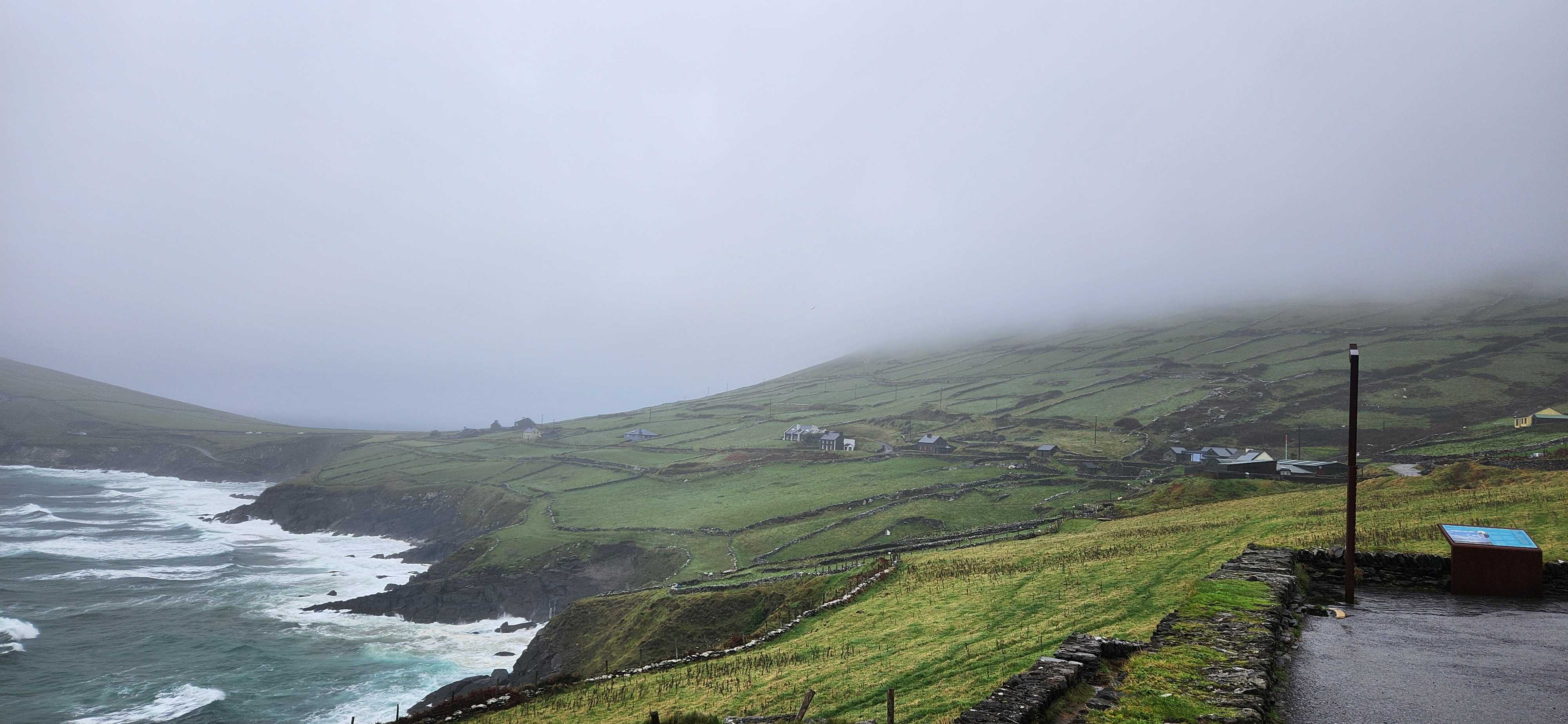
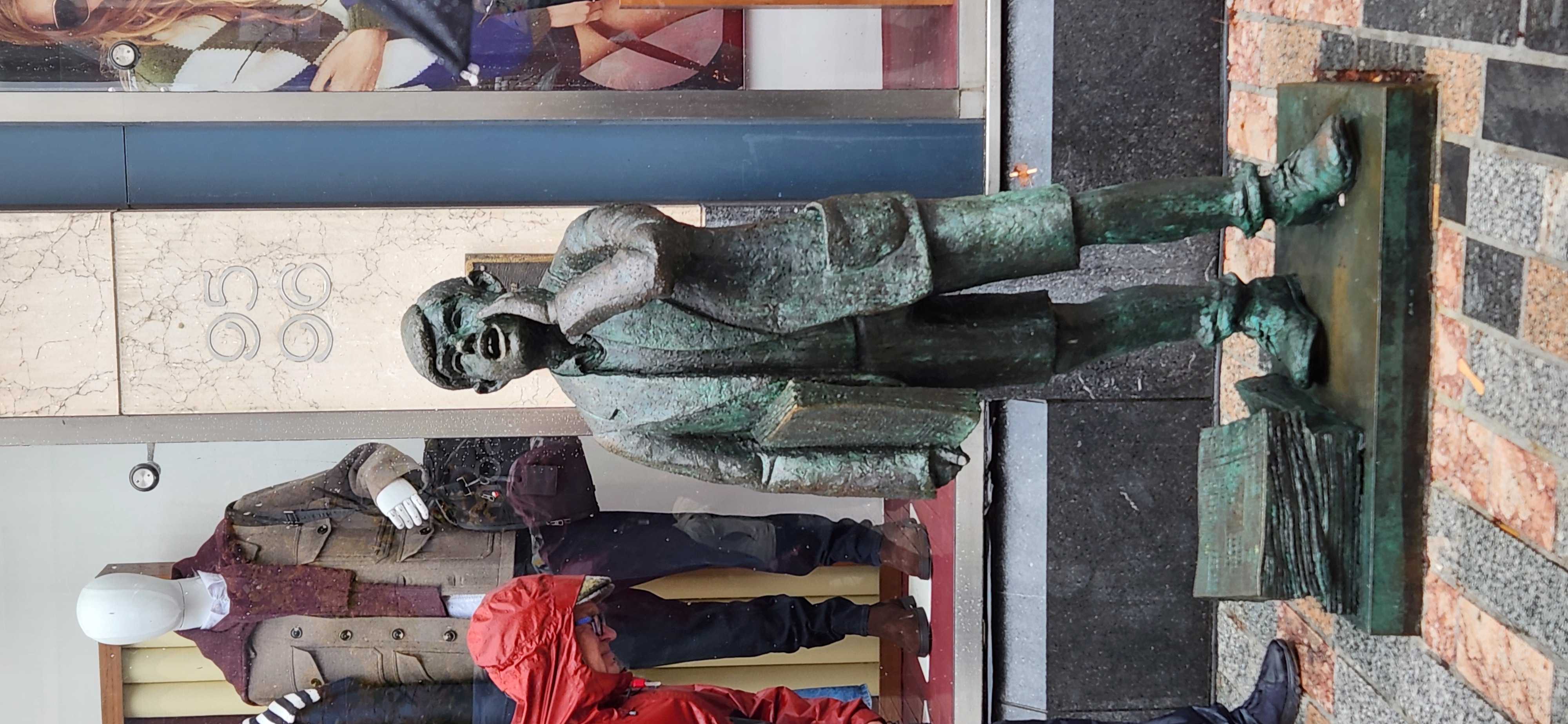
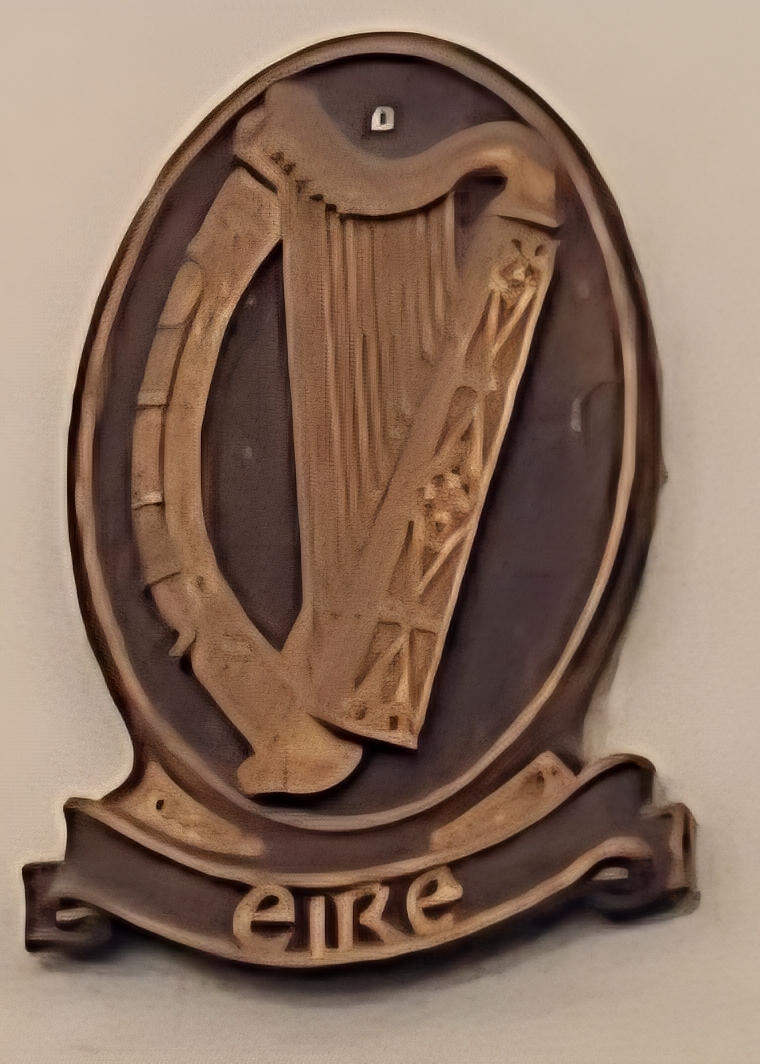
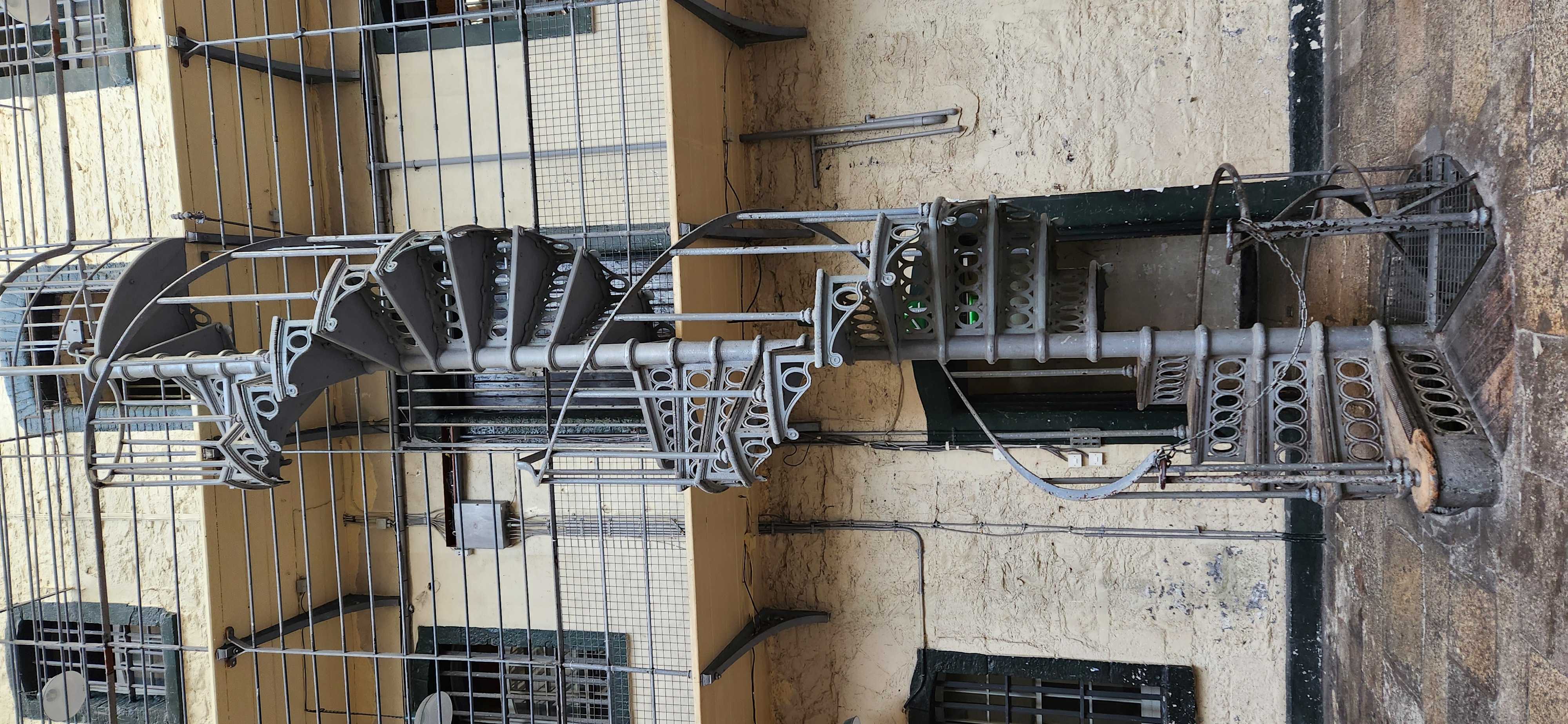




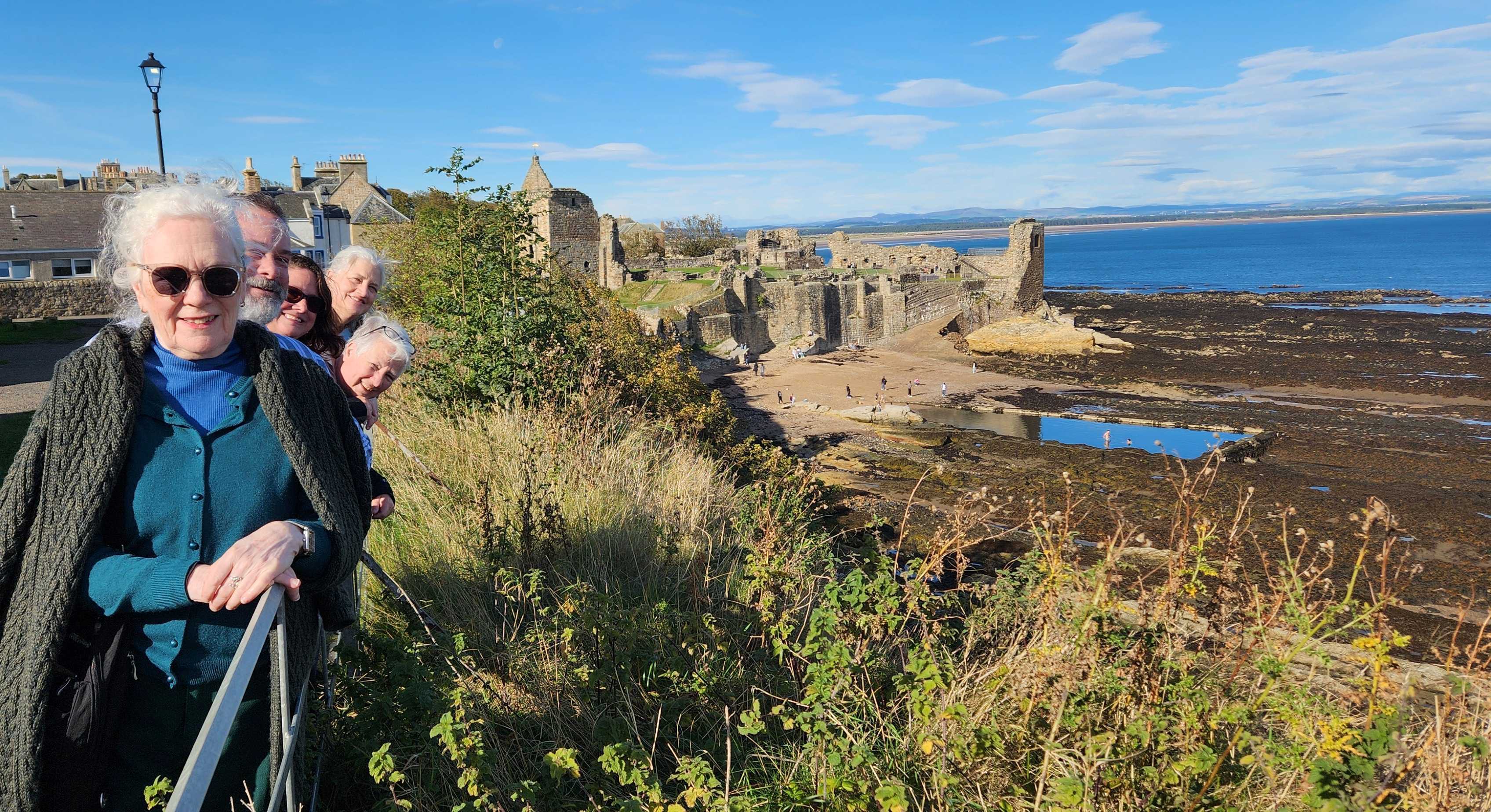
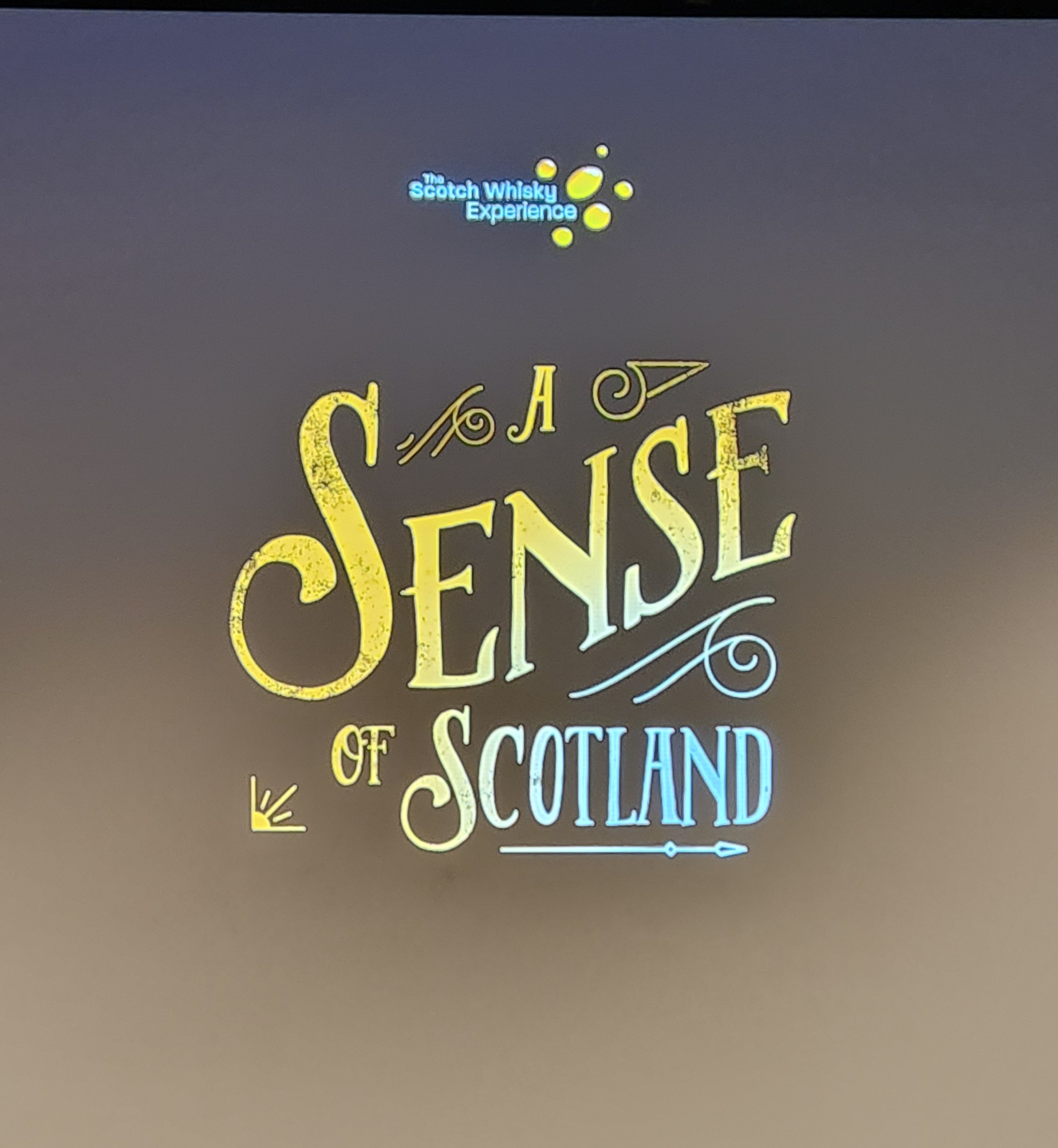

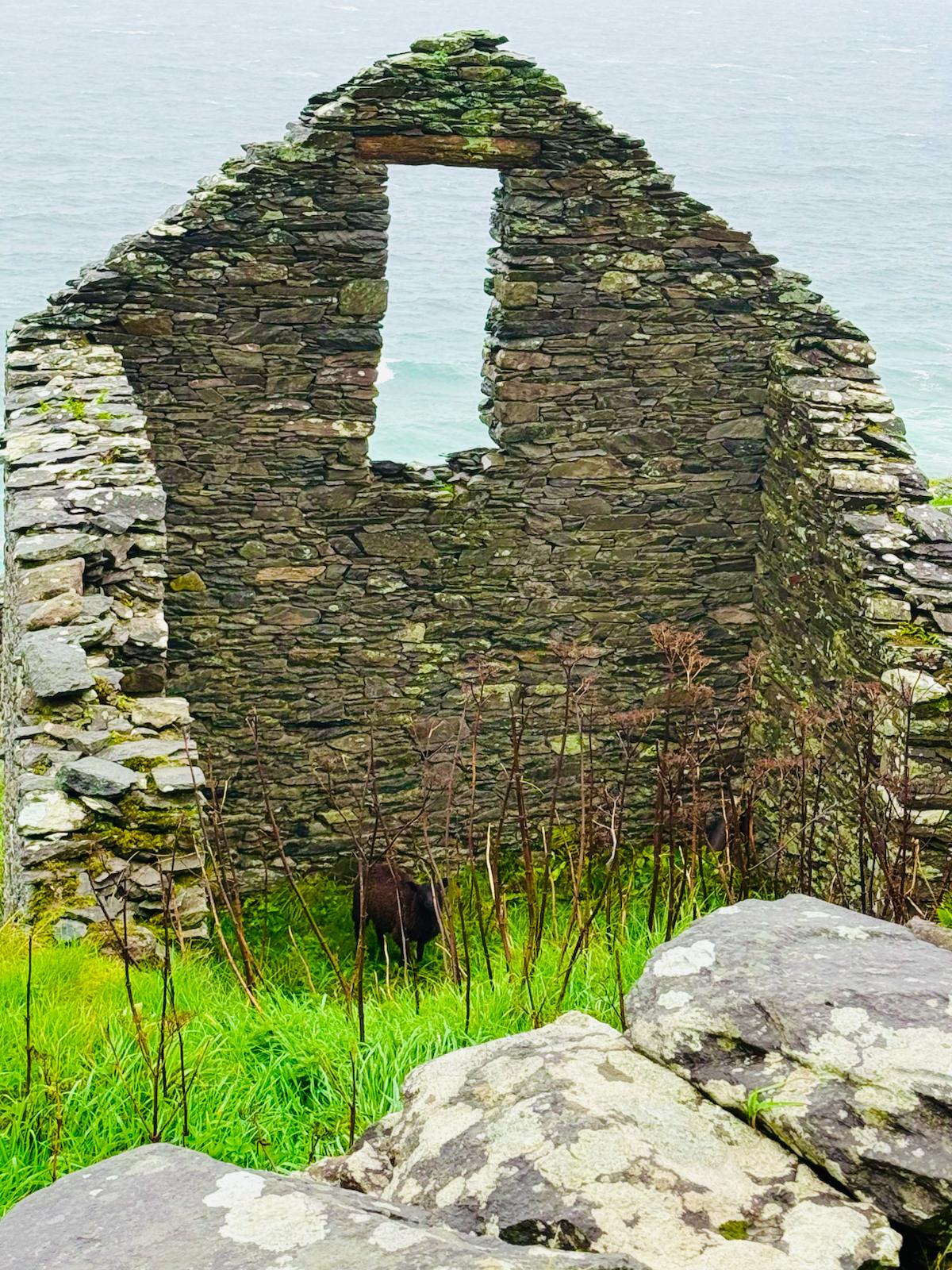

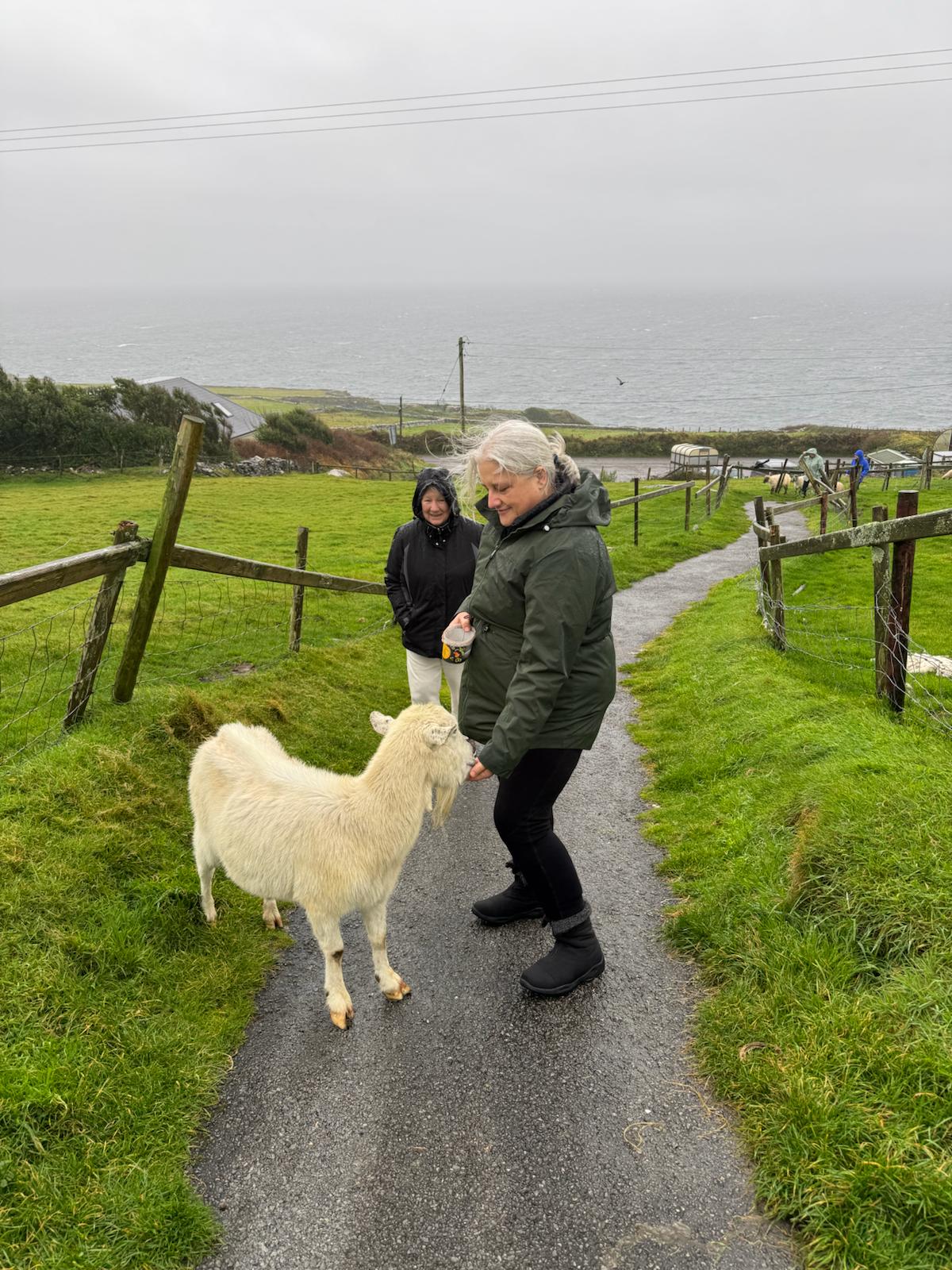

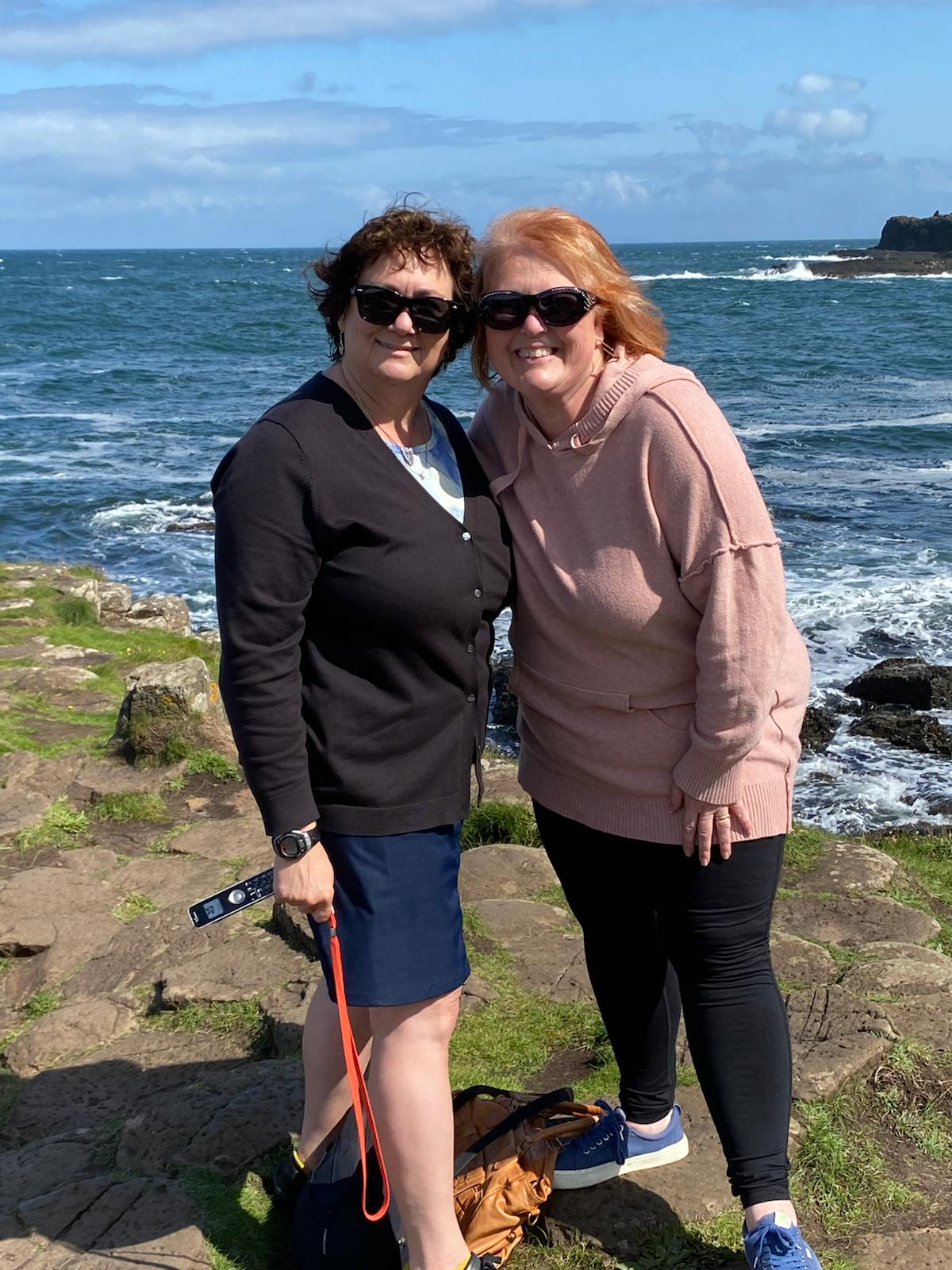

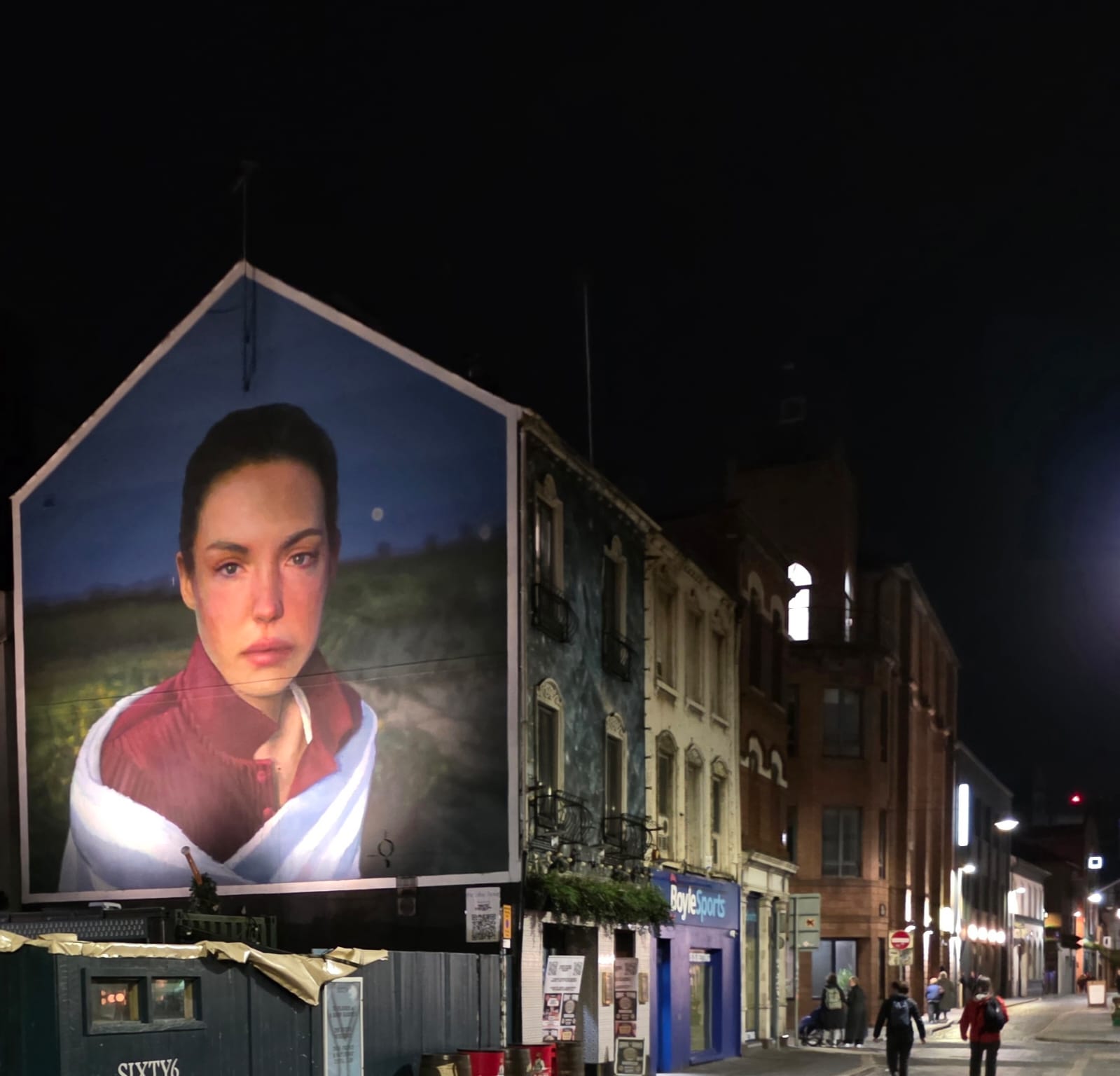

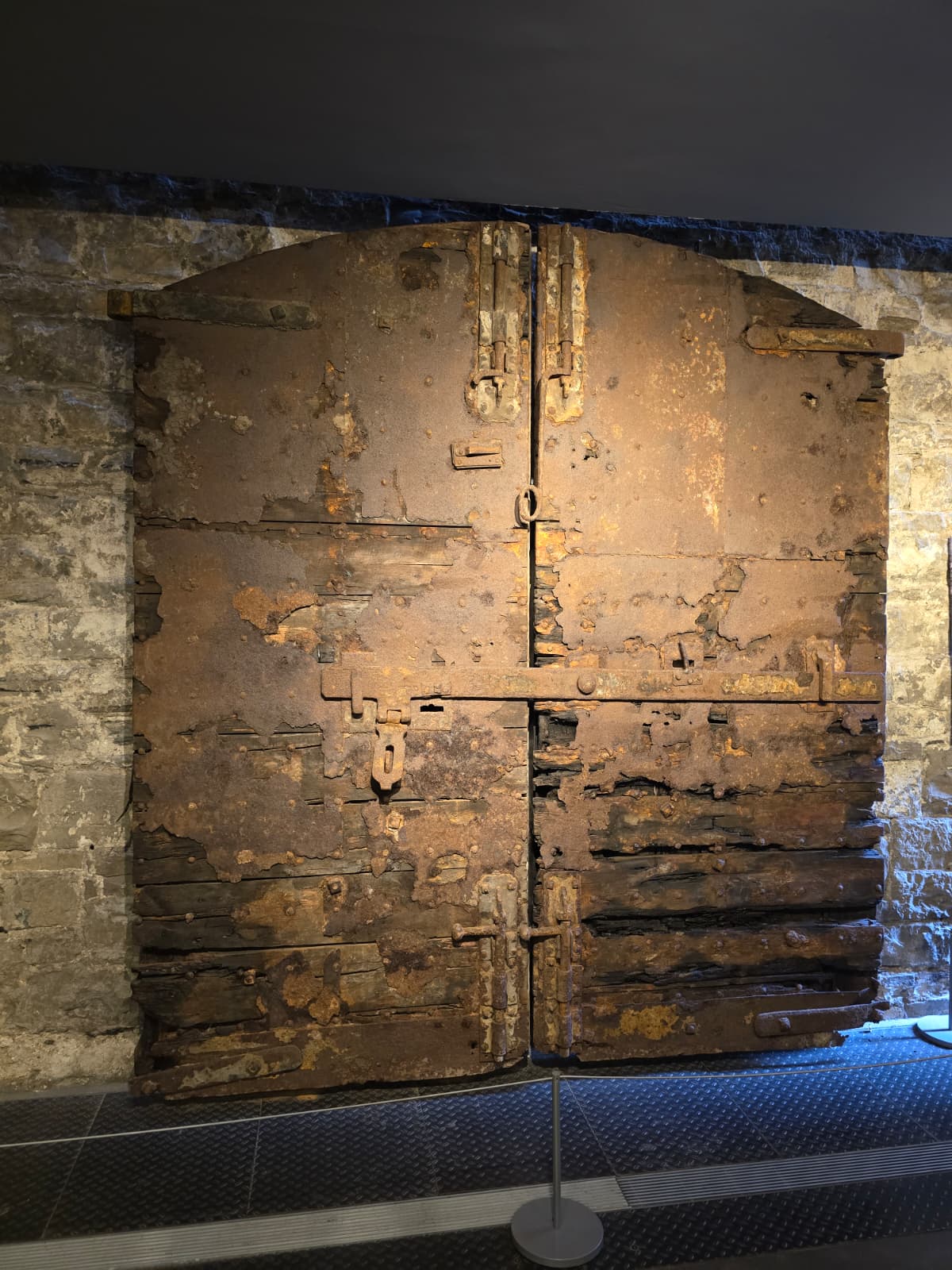


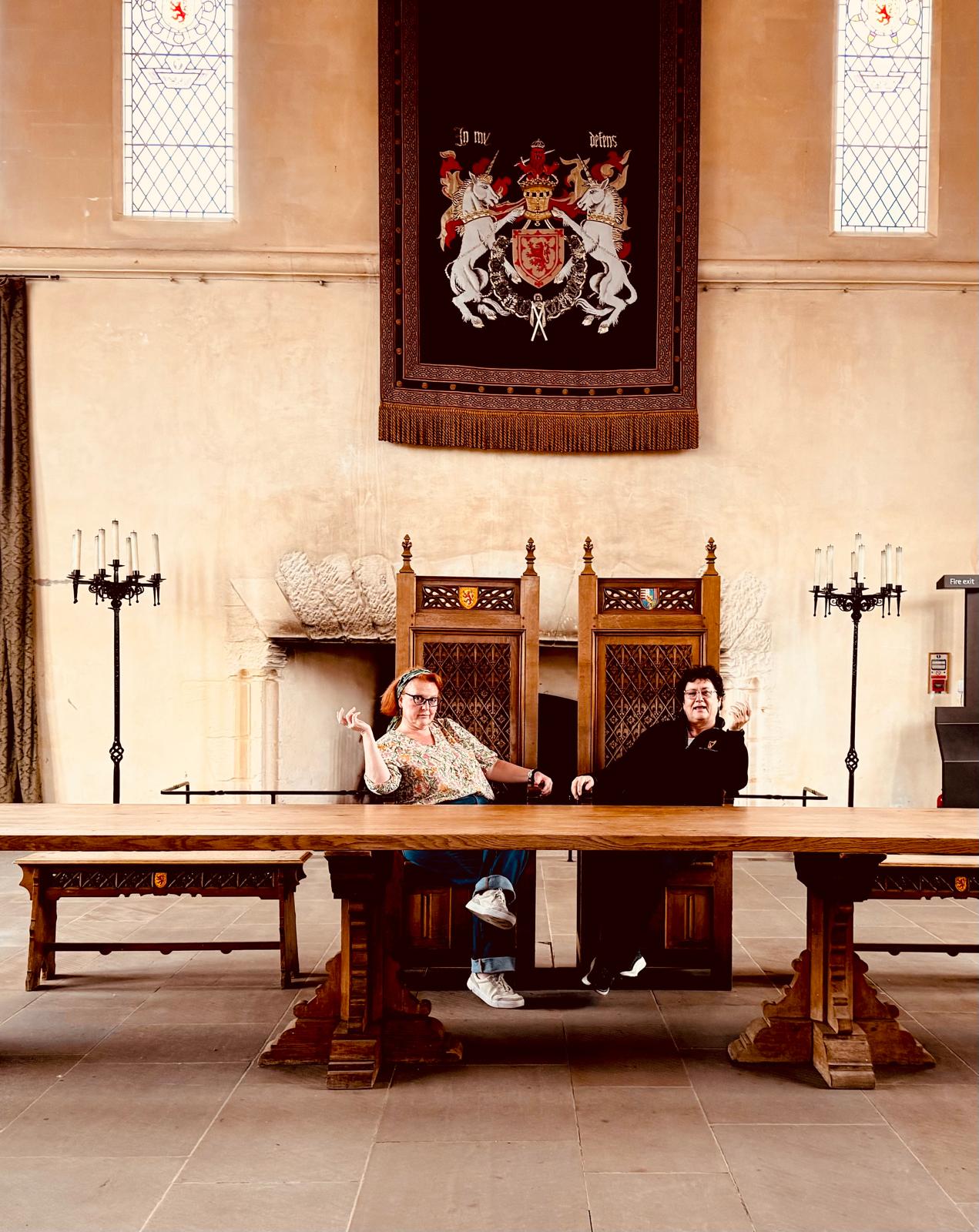
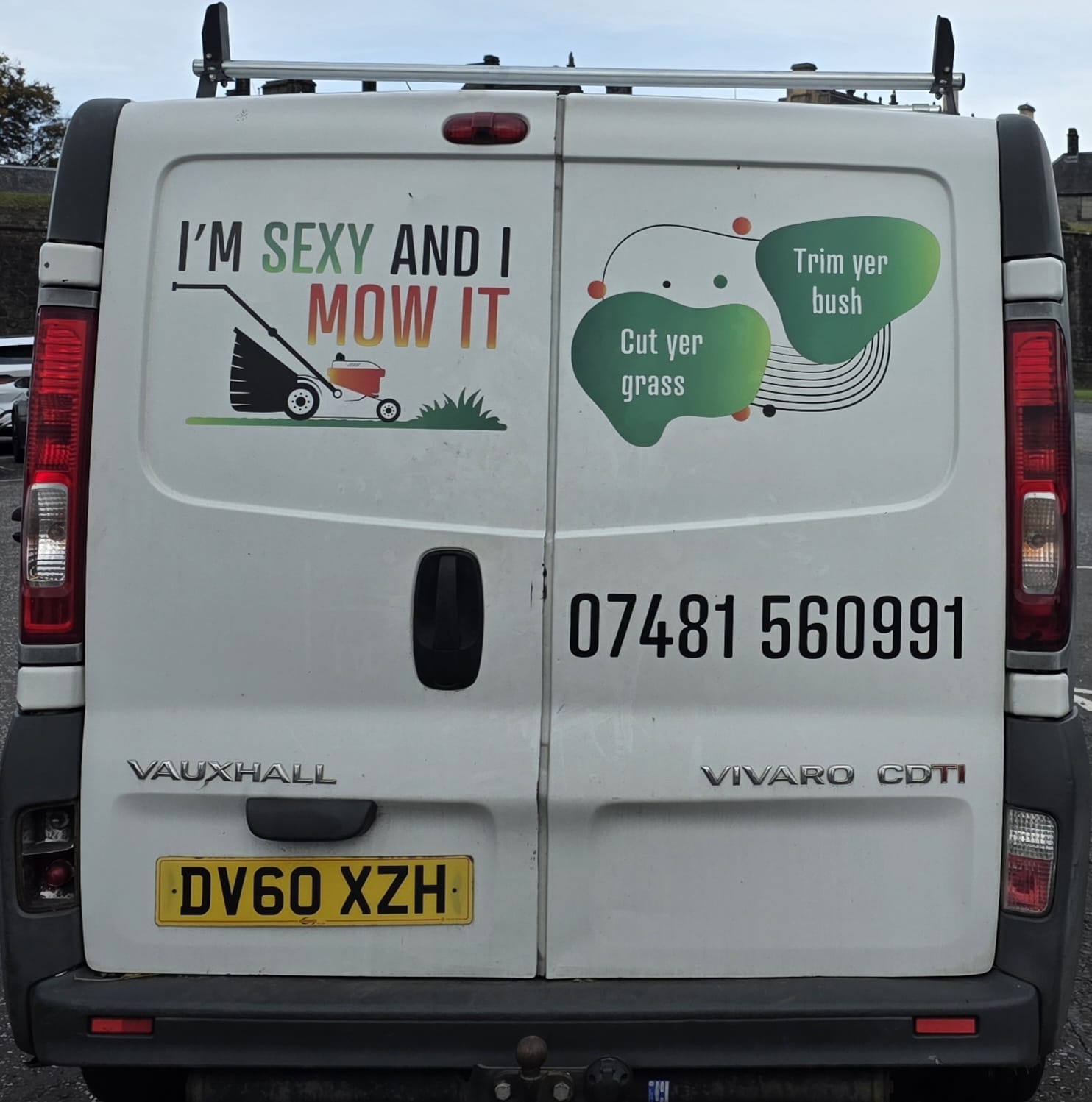

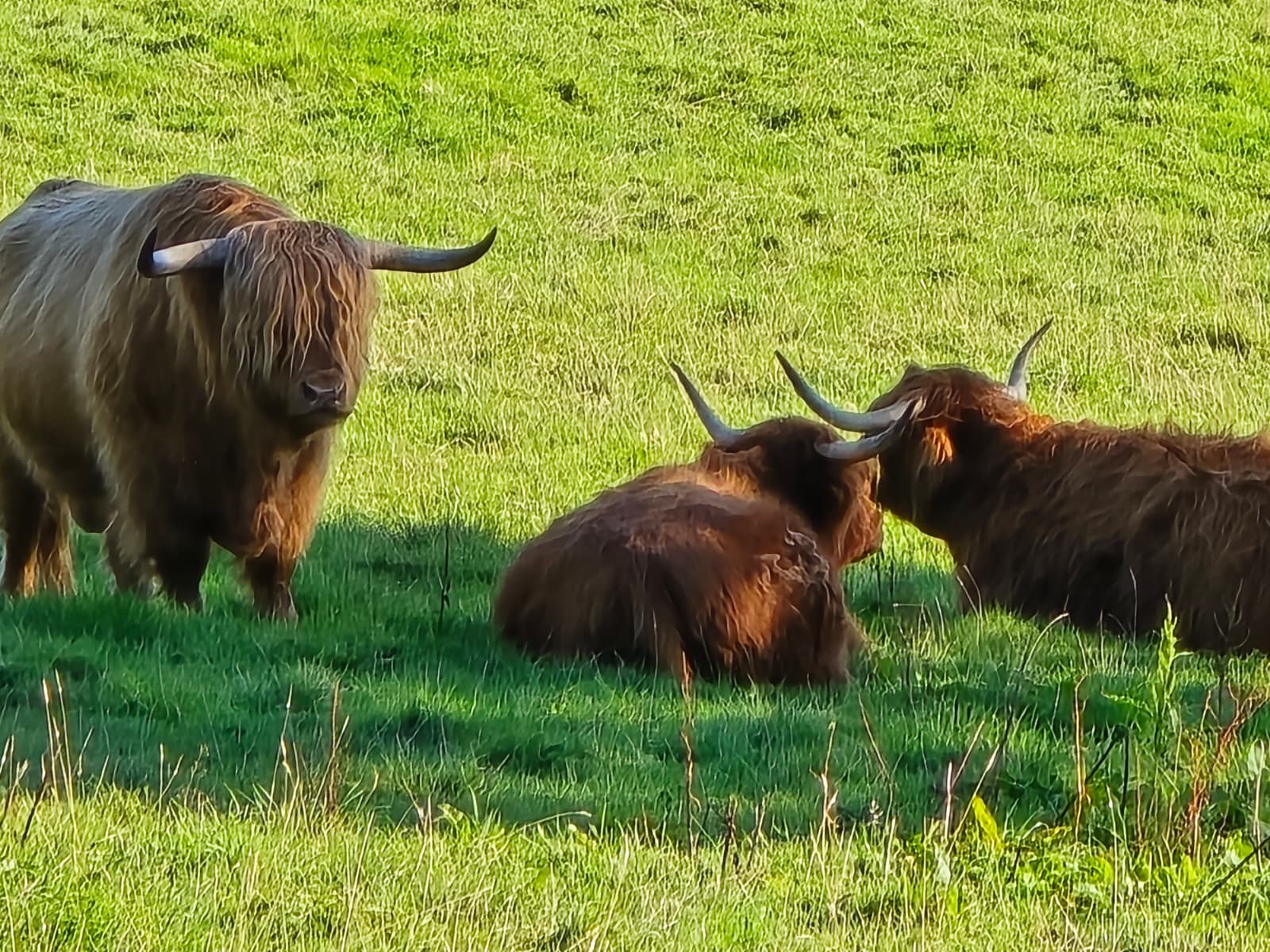
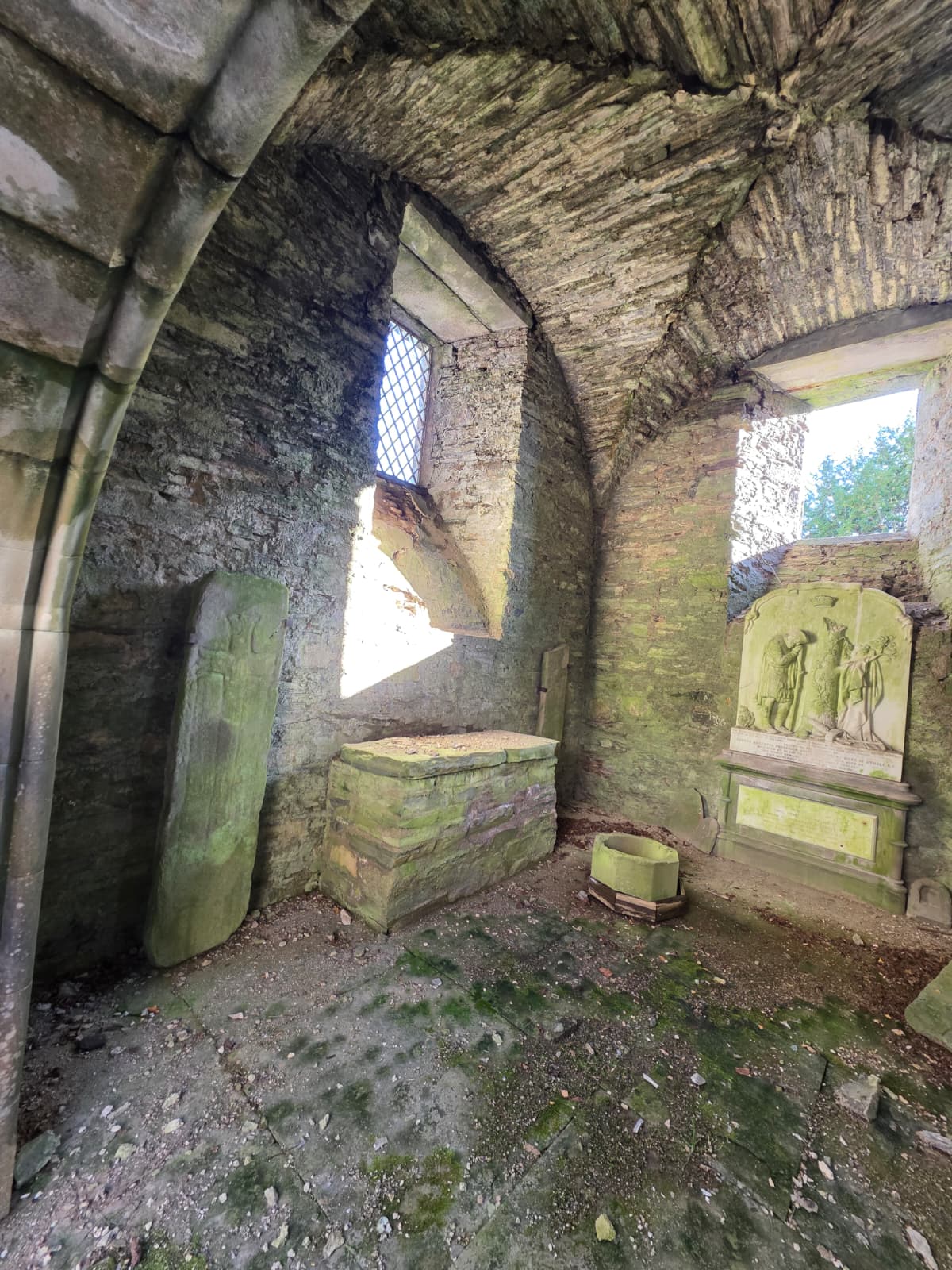




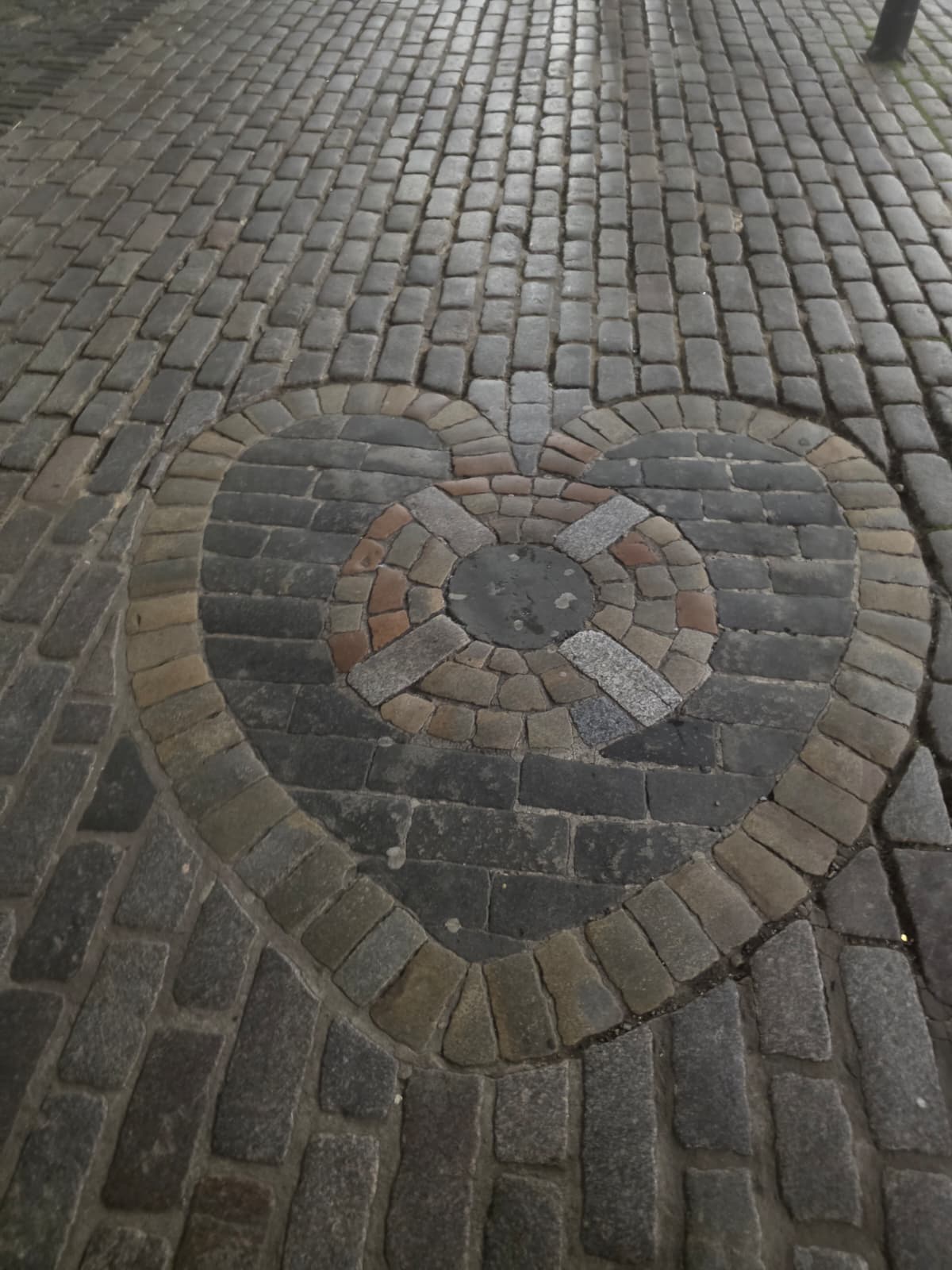

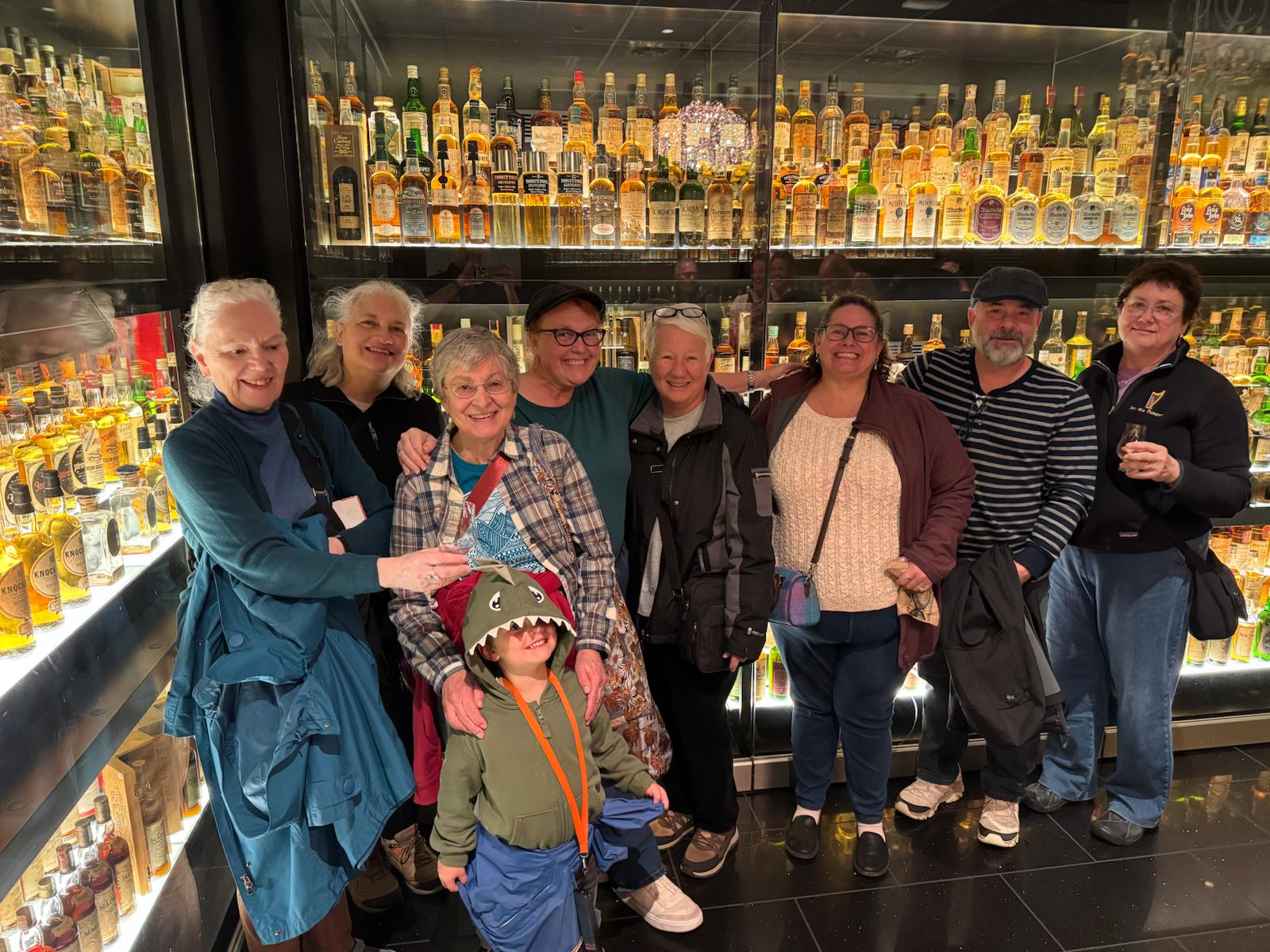

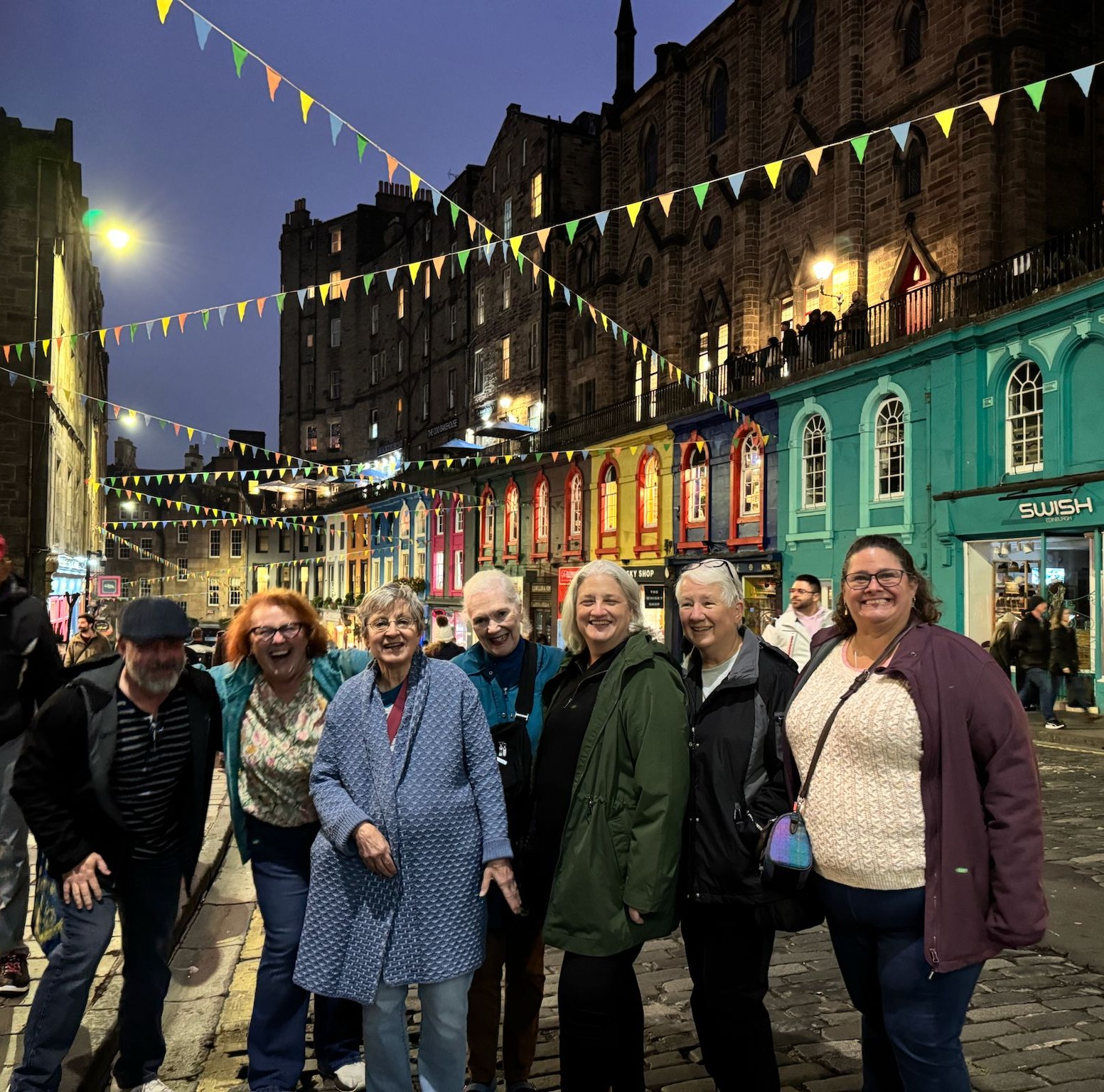
Being back also means getting back to practicing. There are some real benefits of being away from your harp for a manageable amount of time. There’s the clarity that a break brings. You have time to think about what you’ve been playing, what you would like to be playing, and seeing a little better what you might need to spend some focus on. You hear tunes you don’t know and would like to. You hear tunes you don’t know and are happy to keep that way.
One thing that I also noticed was that I really enjoy having my harp handy, ready for me to slide onto the bench and play whatever comes to mind. I don’t notice that regularly, but I feel it keenly when I am without. With all that time away, what do I think I need to focus on now? I thought you would never ask! I’m wanting to get back to basics – with dedicated time for exercises, etudes, and book work. You know, those things that are so easy to put aside when you convince yourself that you don’t have time (right along with getting some movement in and eating carefully!).
It would be easy to set these things aside. After all, the holiday season is racing up so there’s so much to prepare. Granted, much of it is review and polish, but there are also so many new tunes to learn and learn and the calendar isn’t getting any bigger! However, that is e-x-a-c-t-l-y when you should return to basics. Because what are exercises and etudes, after all? They are really just a bunch of patterns linked together. And those patterns can be linked together in a bunch of ways…which make up tunes (like holiday music!). For instance, before I play Carol of the Bells, I could spend a little time on a fingering exercise of 1-2-1-3-1-2-1-3 while moving around the scale. Before I try to take on Ding Dong Merrily on High, I could spend focused time with partials scales so I can play Glooooooooooooooooooooooooooooooooooooooooooooooria smoothly, comfortably, and confidently!
So the next time you try to convince yourself that you don’t have time to do exercises and etudes, remember that they are just the types of patterns you’re going to call on (repeatedly) as you get your music pulled together. No matter what time of year, you’ll be using that stuff so you might as well get to it! What exercises will you add to your day? Let me know in the comments – I love learning new patterns!